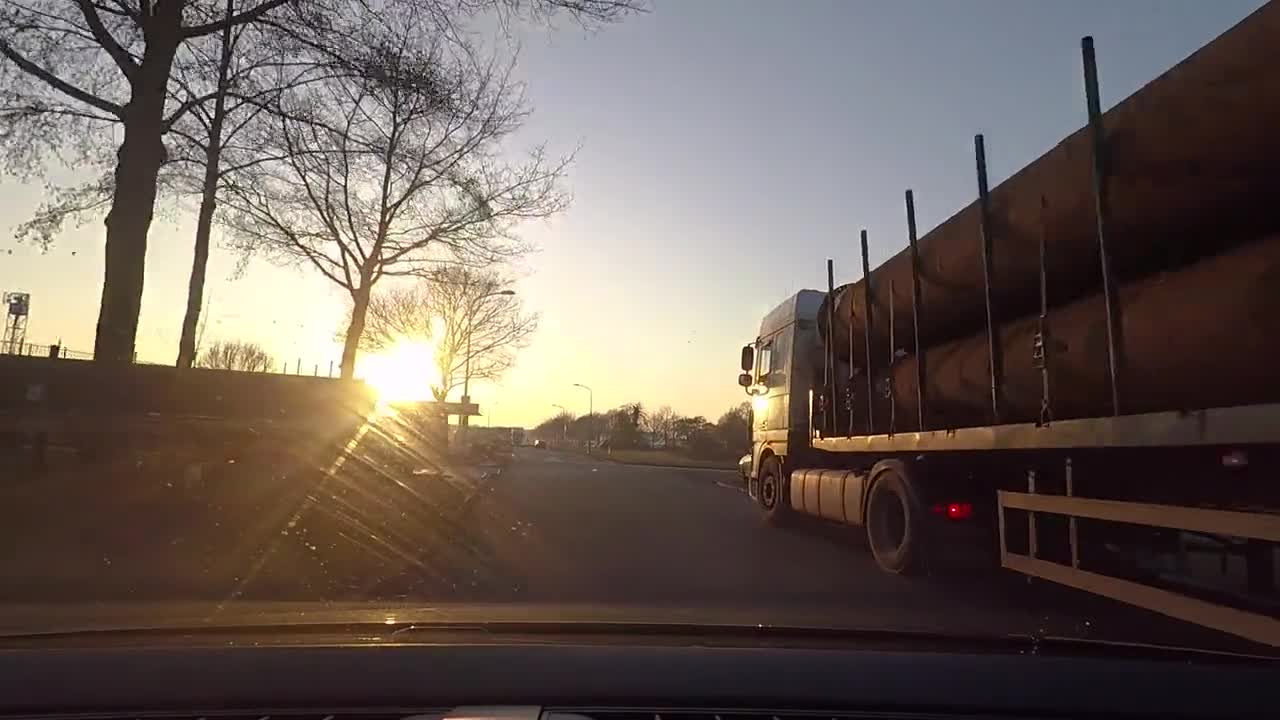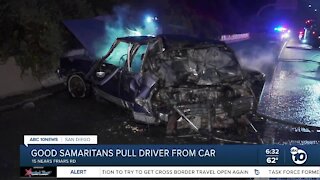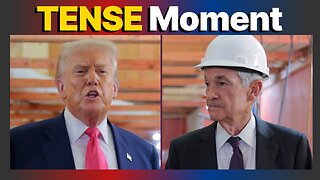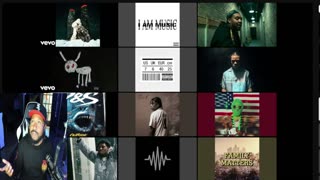Premium Only Content

How To Be Good Car Driver Traveling Alone
It was in Feb 16th, How To Be Good Car Driver Traveling Alone.
For a start, I’m very serious about all the points here. I’m laying them out because not every driver seems to be aware. Here: Get to know your car.
Read the manual. Take the car out and do braking maneuvers (where allowed and safe). Take the car out and see how it reacts in rain or in snow. Few people know how their cars react in adverse conditions. That’s where we need to know them the most though, and where we learn the most.
A few months back I shared on Google+ how mirrors should be set up. It appeared to me that the few responses were coming from “oh, well I know how to set up mirrors on a car.” Maybe. That just stands in contrast to what we observe out there, where we rarely if ever see mirrors adjusted correctly. From Skip Barber:
Make sure the side view mirrors perform their intended function. They’re meant to view beside the car, not the side of the car. What do you really need to see; your rear bumper or the car in the next lane?
Adjust the side mirrors out just so you can no longer see the side of your own car. This should help reduce traditional blind spots.
I learned this the “hard” way, maybe ten years ago, when a good friend of mine teased me, to tears, because of my mirror setup. I now promise to give anyone here the same sort of tough love when I find them watching their own car in the mirrors.
Once set up right, mirrors become even more useful.
This just for the folks who simply never use their turn signals: Sometimes they’re actually important, so please learn to tell when that’s the case. They don’t matter as much when nobody’s around, or doing the same thing. But if there’s somebody around and not doing the same thing, use turn signals. It can actually be dangerous not to use them.
Simply watching the car in front is not safe, and gets unsafer and unsafer the shorter the following distance is. Try to look ahead and see what’s coming up 200, 500, or 1,000 meters ahead. One does still, immediately notice if the person in front is doing something unexpected, like braking unnecessarily because they don’t keep a sufficient distance.
The habit of looking ahead led me to dislike trucks and SUVs in front because they block too much of the view. I either increase my following distance—or try to pass. The first option is the better one. The second option is the one that people sometimes confuse for… aggression. Well.
I think this is one of the most important qualities to have as a driver: Show responsibility for other traffic participants. I’ve seen what appear to be the most rowdy drivers zoom through traffic and they were safer to have around then the grocery shopper. Why? Because the zoomer was paying attention and anticipating everybody else’s move, while the shopper didn’t even know the color of his own vehicle.
It’s also something that I observed as a main difference between cultures: People exhibit very different levels of responsibility. One might enter Italy or Poland and think, “oh shucks, this traffic is crazy,” while all what happened really was that the chaos dial got increased—but also the responsibility dial. I found that the more rules people follow, the less responsibility they take. (Which may hold true in other areas as well.)
Don’t get carried away. If the person behind you honks, maybe they don’t mean you but the guy both of you are waiting for, the one who’s just for the love of it not ready enough to use the green phase. Or it is indeed about you. It happens. But in any case, let’s wait with gestures until we’re sure what was going on. (This is also a little note to self.)
-
 1:15
1:15
KMGH
4 years agoRace car driver explains importance of good tires, how to check them
10 -
 0:51
0:51
KGTV
4 years agoGood Samaritans help pull driver from burning car
38 -
 0:26
0:26
Newsy
4 years ago4-Year-Old Honduran Boy Found Traveling Alone
1.89K7 -
 1:45
1:45
WMAR
4 years agoTruck driver shares his alternate path to a good career
16 -
 24:05
24:05
DeVory Darkins
8 hours ago $7.78 earnedTrump HUMILIATES Jerome Powell in TENSE moment... Columbia University surrenders
98.6K62 -
 14:17
14:17
Doc Rich
5 days agoLefties Losing It Once Again
26.3K34 -
 25:31
25:31
Liberty Hangout
1 day agoMAGA Crashes Pathetic Anti-ICE Rally
97.3K55 -
 2:02:26
2:02:26
Inverted World Live
10 hours agoUS Soldiers Saw Non-Humans in Suffolk, The Rendlesham Forest Incident | Ep. 80
148K21 -
 6:42:47
6:42:47
Akademiks
10 hours agoICE MAN EPISODE 2 tonight. NEW NBA YOUNGBOY 'MASA' TONIGHT. BIG AKADEMIKS #2 MEDIA PERSONALITY 2025.
92.9K5 -
 2:59:28
2:59:28
TimcastIRL
10 hours agoSouth Park Runs FULL FRONTAL Of Trump In Gross Parody After $1.5B Paramount Deal | Timcast IRL
272K210